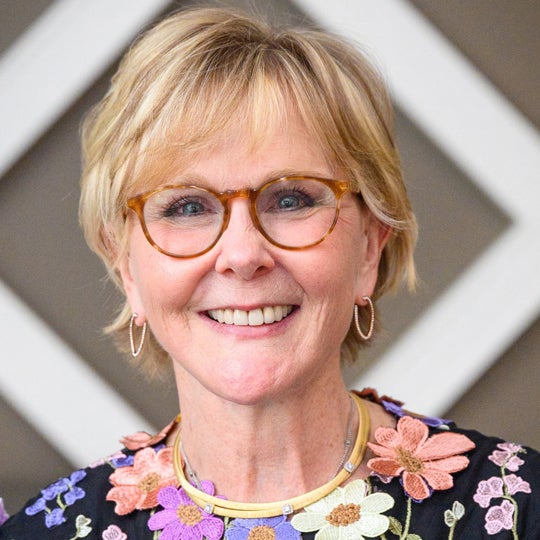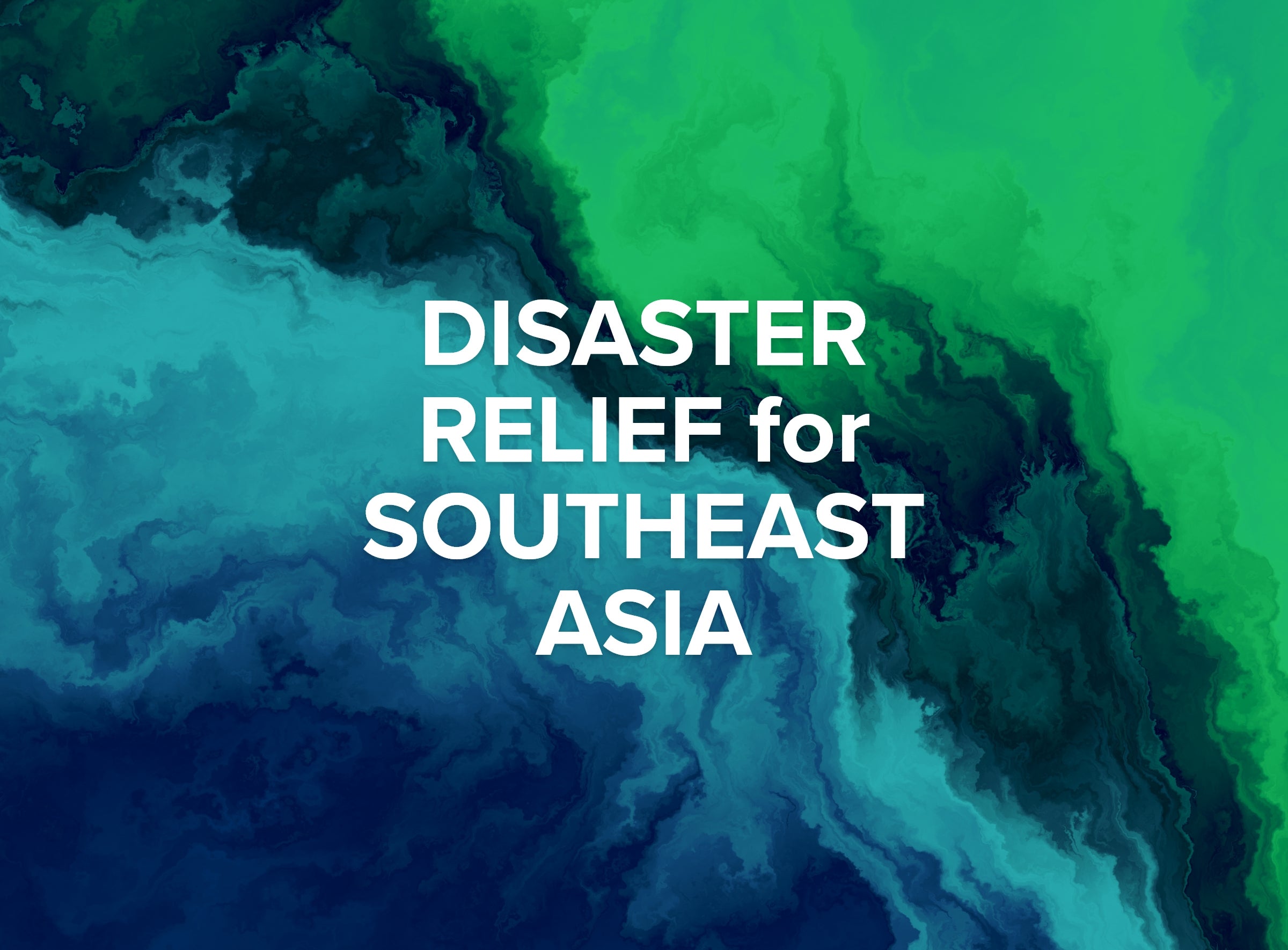Plagues, Pandemics and Philanthropy

This past March, we marked the one-year anniversary of declaring the novel coronavirus known as COVID-19 a national emergency in the U.S. As a result, schools, businesses and restaurants began to shut down. We received stay-at-home orders for the first time in the memory of most Americans.
The vast majority of us have never experienced a public health crisis on this scale before, but it’s certainly not the first global pandemic to have both immediate and long-term effects on society. The root causes and resulting impact of pandemics throughout history vary greatly. Yet there is a heartening consistency in social norms during public health crises: the important role of philanthropy.
It’s important to note that each of these historical examples is distinct. Though each crisis is rooted in infectious diseases, they are not equivalent events and their outcomes—mortality rates, geopolitical implications and societal shifts—are vastly different. There are parallels, however, in our societies’ charitable impulse. We extend time and money, and build networks of support and infrastructure that will serve us in the future. Let’s look at select health emergencies in history and the burgeoning philanthropy that resulted. In this historical context, we can see how charitable giving during public health crises has evolved—and where there may be potential for even more impact.
The Black Death
“The Black Death” was a bubonic plague that began around 1346. It killed one third of the global population in the Middle Ages. Many attributed the disease and its resulting devastation to “divine punishment.”
Philanthropy was, therefore, largely motivated by religious principles and delivered through religious institutions. As with all public health emergencies, medical professionals were at the forefront of the crisis. Not only were they delivering what (relatively limited and ineffective) medical services were available to “treat” plague, but also recording deaths, performing autopsies and putting themselves at risk to maintain certain essential tasks.
The 1918 Flu
The 1918 Flu, also known as the Spanish Flu, broke out during World War I. This global pandemic killed an estimated 50 million people worldwide. Modern medicine made it easier to diagnose the disease, understand how it spread and develop more effective treatments. However, the study of epidemiology and vaccine research was still nascent at this time.
Like the Black Death, the medical community and medical volunteers responded quickly to the 1918 Flu and remained at the vanguard of the crisis. Red Cross nurses cared for those infected and collected donations. Individual Red Cross chapters also played a critical role in public health education and prevention efforts, like mask wearing and hygiene. When nurses were in short supply due to the war and the pandemic, volunteers were called in. The Archbishop of Philadelphia asked Catholic nuns to leave their convents to care for the sick. More than 2,000 sisters answered the call.
The 1918 Flu also helped motivate wealthy philanthropists to support public health efforts. Conversations about the need for public health as a distinct education and career separate from medical school had started earlier in the 20th century. The Rockefeller Foundation endowed schools of public health at several universities, including Johns Hopkins University where America’s first School of Hygiene and Public Health opened in October 1918—just as the influenza epidemic reached its height in the U.S. The 1918 Flu and the philanthropic response to it created infrastructure for disease research and public health efforts that would shape future health emergencies—and fundamentally changed how philanthropists fund them.
The HIV/AIDS Epidemic
The HIV/AIDS epidemic began in 1980 and is still considered a global health epidemic today. The World Health Organizations estimates total HIV deaths at 33 million. In 2019, the most recent year of data, 38 million people around the world were living with HIV and an estimated 690,000 people died from HIV-related illness that year.
When HIV/AIDS first emerged, both private philanthropy and government funding was limited because of the stigmas associated with the disease. The earliest major funding efforts primarily focused on scientific and medical research. However, in cities that were heavily impacted by the epidemic, community-based service providers emerged as early as 1982 to assist people with AIDS in their day-to-day needs. As the HIV/AIDS epidemic grew in the late 1980s and 1990s, philanthropists and celebrities publicly supported or started charitable organizations dedicated to HIV patient services, prevention efforts, medical research and public advocacy.
Medical professionals and volunteers play a different role in the HIV crisis compared to previous disease emergencies. Unlike other epidemics, their risk of HIV transmission when treating patients is incredibly low. As such, the medical community represents an integral component in reducing stigma and misinformation about HIV.
How can philanthropy do more during public health crises?
Plagues, pandemics and disease outbreaks can infect or affect anyone, but they consistently and disproportionately impact under-resourced or marginalized populations. This was true of the “Black Death” in the Middle Ages where peasant communities (the lowest status in the feudal system) were decimated and it is true today where the U.S. death rate for COVID-19 is highest among Black and Indigenous populations.
It’s important to note that the philanthropic response to public health emergencies throughout history has not always attempted to redress these inequities. For example, funding prevention efforts is a critical dimension in eliminating a disease, but it can also be viewed as a means to preserve the health—and power—of those with lower risk of infection. As philanthropic historian Rhodri Davies notes, the historical relationship between philanthropy, power and inequity is highly complex.
Over the course of the past year, so much about our lives has remained in flux. Where we go, what we do and who we see ebbs and flows with the number of COVID-19 cases in our areas and our own comfort levels. Thankfully, one source of consistency has been the outpouring of charitable support. Charitable giving is up—NPT’s own donors granted $4.47B in 2020, a 171% increase over the previous year and giving from the DAF sector in general was up 30% in the first half of 2020 as compared to the same period in 2019. Volunteerism decreased as people adhered to stay-at-home orders, making the contributions of volunteer medical forces and others to help end the suffering all the more valuable.
As we march forward during the COVID-19 pandemic, let’s always learn from past actions.

NPT does not provide legal or tax advice. This blog post is for informational purposes only and is not intended to be, and shall not be relied upon as, legal or tax advice. The applicability of information contained here may vary depending on individual circumstances.
To download a PDF of this blog post, click below:


